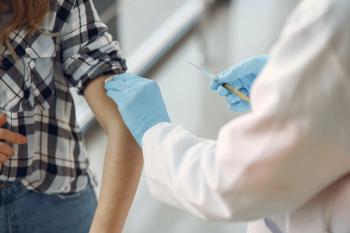
Whether to make getting the COVID vaccine mandatory for health care workers is something that needs to be worked out against a backdrop that sees the recent surge subsiding and states starting to reopen.

Whether to make getting the COVID vaccine mandatory for health care workers is something that needs to be worked out against a backdrop that sees the recent surge subsiding and states starting to reopen.
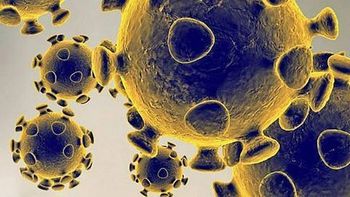
British Prime Minister Boris Johnson said that the B.1.1.7 variant of COVID-19 which was said to be 50% to 70% more contagious, has now been discovered to also be 30% deadlier. The CDC warns it could become the dominant strain in the US by March.
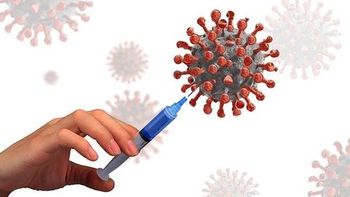
Infection preventionists can coordinate with physicians and other subject matter experts on common areas of vaccine hesitancy among staff, and work with key stakeholders to address them. As vaccine rollouts begin, IPs can also partner with occupational health teams to track and trend compliance with vaccination.

Hand hygiene is always important, but during this pandemic it’s crucial to preventing transmission. Now technology is making it possible for hospitals not only to monitor compliance, but also potential viral exposure.

Too often the tracking of the use and disinfection is done with pen and paper. That's what leads to problems, says Michael Cousin.
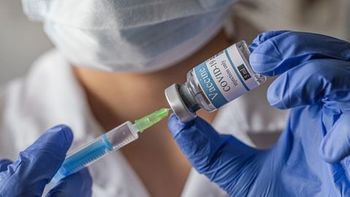
Anthony Harris, MD, MBA, MPH: “There are a number of ways that [infection preventionists] are going to continue to be on the frontlines helping us fully understand the impact of COVID-19 and get to the other side of it.”
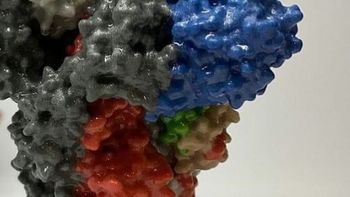
There are pieces of novel variants that we’re still learning about, like the impact to therapies and how these variants might affect what we know about COVID-19, like reinfection.
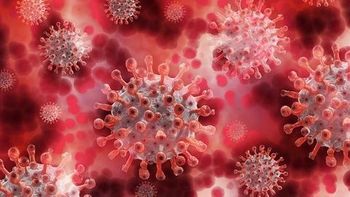
Devin Jopp, EdD, MS: “I think from sports teams to hospitality to construction sites, to many, many more, the infection prevention field will absolutely be bulging.”

Infection preventionists have the skill set to provide guidance beyond the health care setting. We know how to select PPE and how to use it. Cleaning and disinfection are like breathing to us.

If quick action isn’t taken, then the highly infectious B.1.1.7 variant of COVID-19 will become the main variant in the United States by March, further burdening our already overburdened health care system.
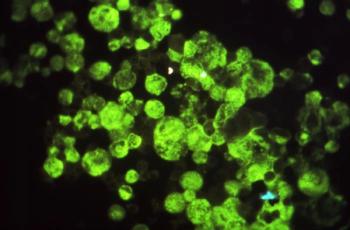
Infection preventionists need to educate primary health providers on the importance of utilizing monoclonal antibodies to prevent hospitalizations from severe COVID-19.
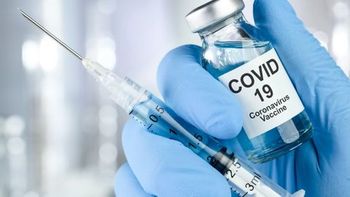
Linda Spaulding RN, BC, CIC, CHEC, CHOP: “There’s not enough literature out there yet to say that once you get the vaccine, you won’t get COVID again, and the literature that is out there says that once you get the vaccine, even if you don’t get COVID again, you can still be an asymptomatic carrier.”
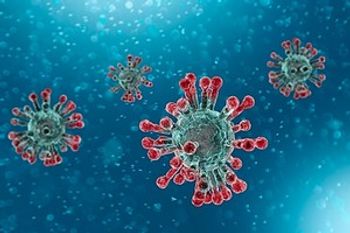
It’s possible that infection preventionists and other health care workers who caught COVID-19 in the first wave can be reinfected.

Many members of environmental service teams feel underappreciated and these health care professionals are not trained in any systematic and continuous way, a study states.
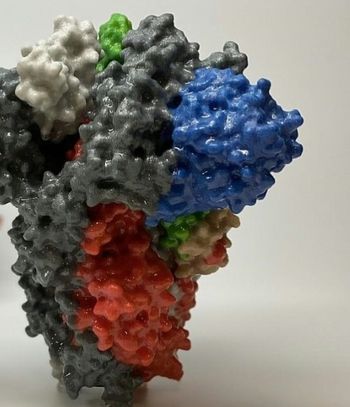
Within the South African COVID strain scientists have found what they’re calling an “escape mutation” named E484K. It’s feared that this escape mutation will do just what the name implies—allow 501.V2 to escape vaccine antibodies.

Cedric Steiner: “But the nursing home…. One could make an argument that [infection control is] more important there in some ways, because you have those residents in smaller spaces."

Assume that everybody in a hospital setting is an asymptomatic carrier of COVID-19, two recent studies suggest.

The coming months will be telling in terms of how we approach quarantine and the implications of shortened quarantine periods. While it might be easier for people to adhere to, there is still concern for disease transmission.
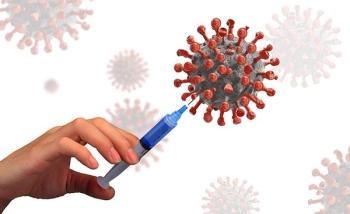
For vaccines: Delivery doesn’t mean distribution. For variants: Their appearance underscores the importance of infection prevention methods.
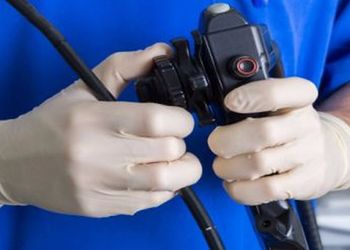
Linda Spaulding RN, BC, CIC, CHEC, CHOP: “Infection preventionists need to learn how to clean an endoscope, or at least observe the cleaning…. Infection preventionists need to make rounds, they need to talk to the person processing.”

Kevin Kavanagh, MD: “One of the things that’s really frustrated me with this epidemic and pandemic is that people are totally focused on dying…. But in actuality, the disabilities are much, much more concerning because that is even affecting the young people.”
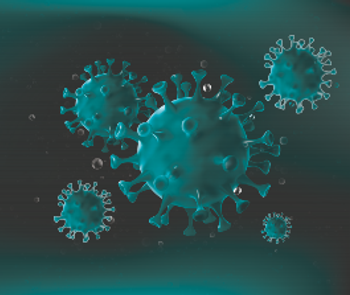
Yesterday, 3775 people died from COVID-19; that’s the highest single-day death total since the pandemic began, according to Johns Hopkins University. According to the COVID Tracking Project, 131,135 people were hospitalized yesterday for COVID-19, another single-day record.
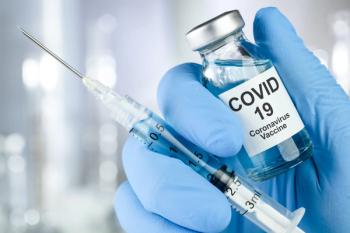
The US and the world must appreciate the role of the pharmaceutical industry—the investigators, physicians and business leaders—who are rescuing the world from COVID-19. It’s the medical breakthrough of our lifetime.
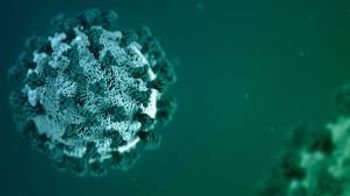
Infection preventionists need to spread the message and articulate the uncertainties of this new variant of COVID-19. They need to emphasize that it is just not the old who are at risk and employ stricter containment measures.
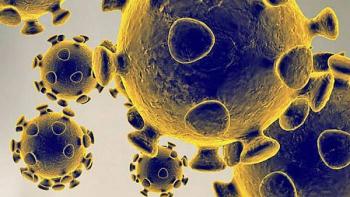
Just how much more serious of a threat South Africa’s 501Y.V2 COVID variant represents has yet to be definitively answered, but British health officials argue that it’s much worse than the UK’s B117.
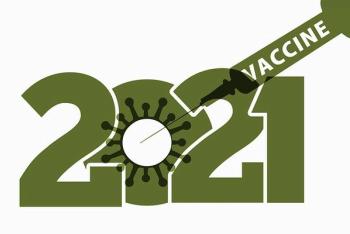
2021 will likely mean a mixture of things for infection preventionists (IPs). First, a focused effort on vaccine education. While this is a larger effort, IPs have always played a significant role in education and answering questions while rounding on the units and clinics.

Maureen Vowles: “I think that the relationship between infection preventionists and public health is key to the success of preventing CRAB and other multi-drug resistant organisms.”

Kristy Warren: “We need to do everything we can to help protect our providers when performing these aerosol generating procedures. And subsequently those providers that enter the room or exit the room after these procedures have occurred.”

Paula J. Olsiewski, PhD: “Healthcare workers at hospitals are always concerned about the air because historically, we know many disease agents are transmitted through the air, whether it’s measles or tuberculosis. Those appear on the scene long before COVID-19.”
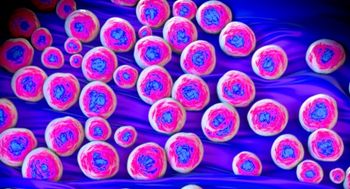
Ravi Starzl, PhD: “If you’re constantly focused on trying to escalate the war of destruction, I think that the bacteria will always win that war. They just have too many countermeasures available to them and our rate of developing new antibiotics is far slower than their rate of developing countermeasures.”